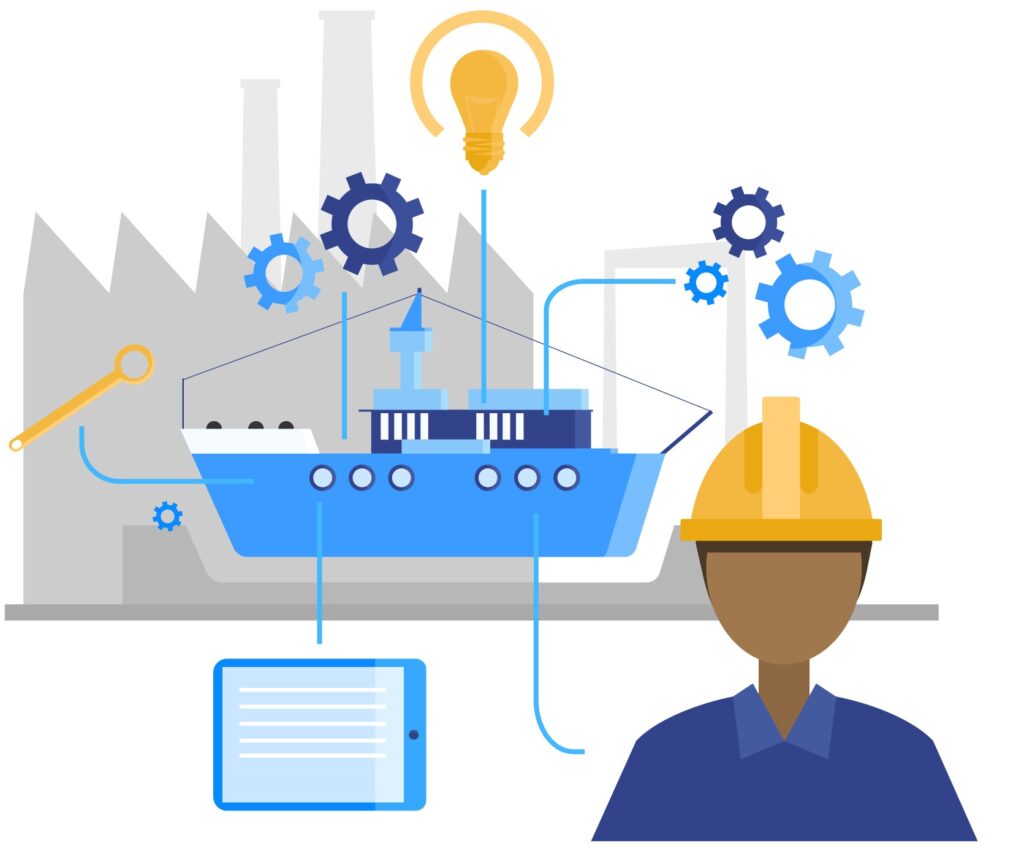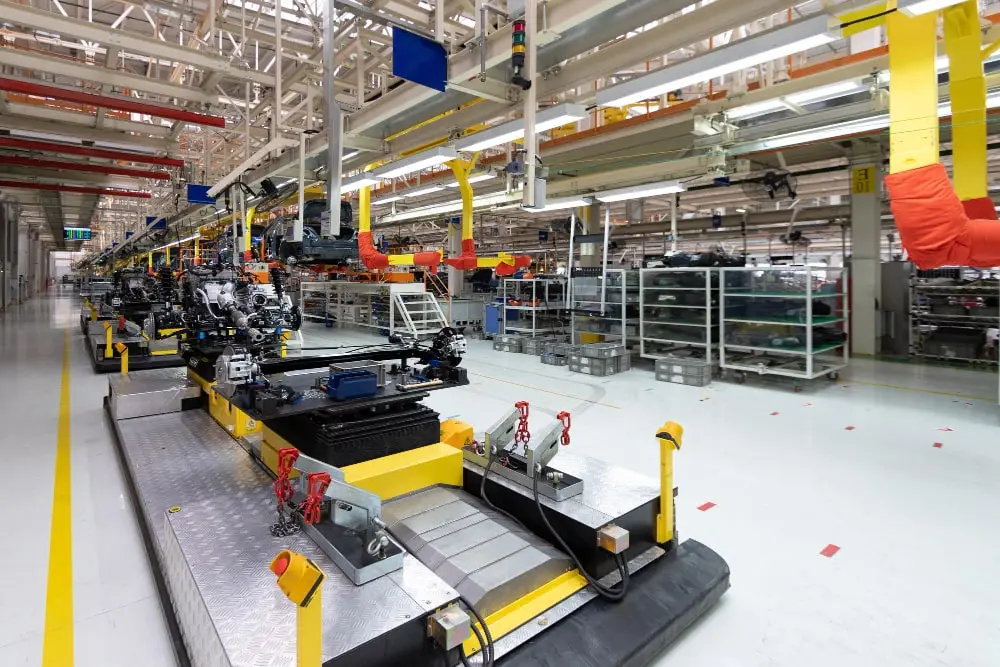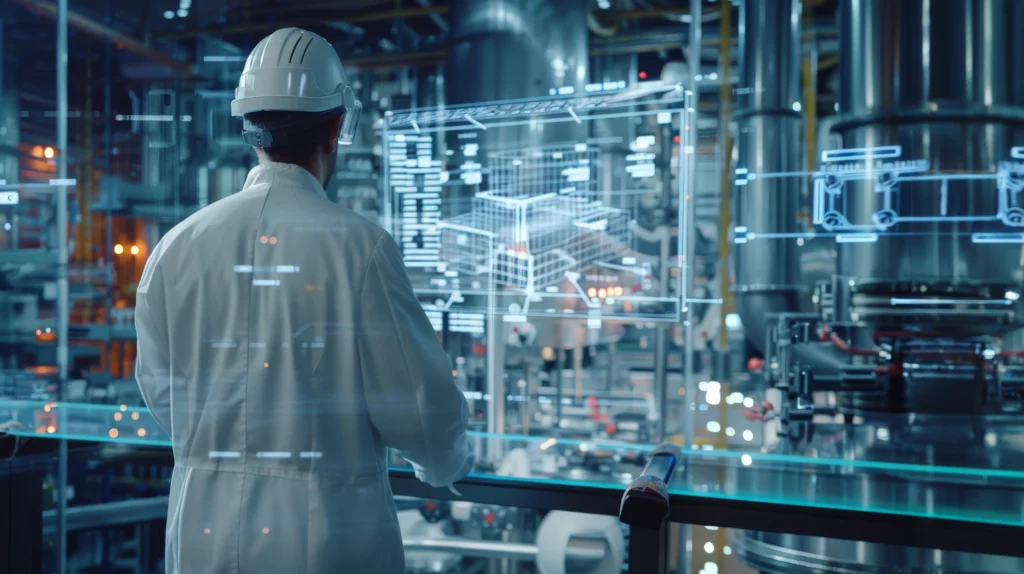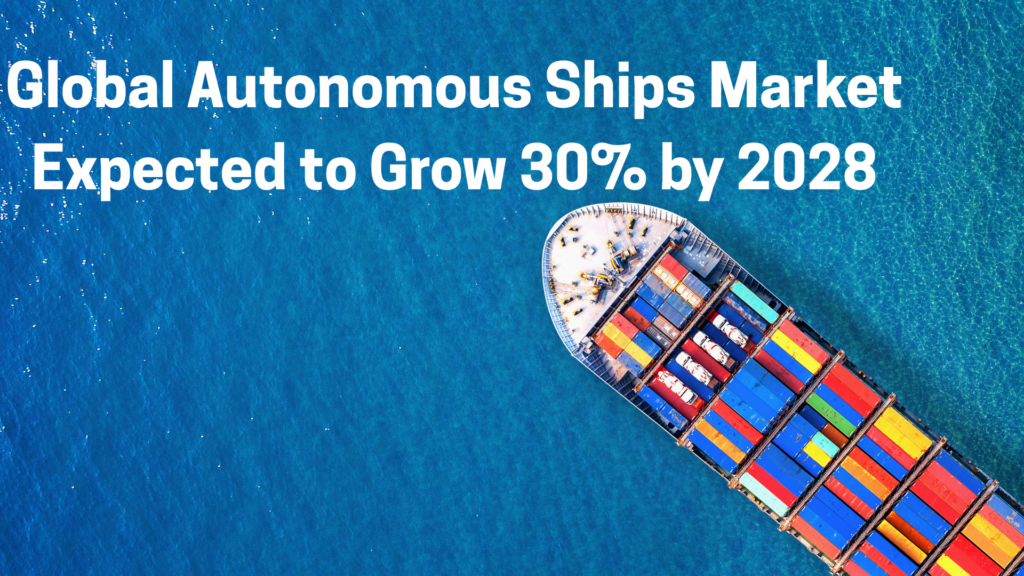Marine Automation
Marine Automation: Enhancing Efficiency and Safety at Sea

In the world of marine engineering, automation plays a crucial role in enhancing the efficiency and safety of operations at sea. From controlling propulsion systems to monitoring critical parameters, marine automation systems leverage technologies like PLC, SCADA, HMI, pneumatics, and instrumentation. In this blog, we will explore how these components work together to drive automation in the maritime industry.
PLC (Programmable Logic Controller)
A Programmable Logic Controller (PLC) is a ruggedized computerized controller used in marine automation systems. It acts as the brain of the system, executing pre-programmed instructions to control various processes on the ship. PLCs are designed to withstand harsh marine environments, making them ideal for marine automation applications.
PLCs provide real-time control and monitoring of ship systems including propulsion, power generation, navigation, and cargo handling. By gathering data from sensors located throughout the vessel, PLCs enable precise and coordinated control, ensuring the smooth operation of different subsystems.
SCADA (Supervisory Control and Data Acquisition)
Supervisory Control and Data Acquisition (SCADA) systems are key to monitoring and controlling marine automation processes. SCADA systems utilize PLCs as their foundation to collect data from different ship systems and provide a graphical interface for operators to monitor and interact with the automation system.
SCADA systems enable real-time visualization of critical parameters such as engine performance, fuel consumption, temperature, pressure, and flow rates. By presenting this data in a user-friendly manner, operators can make informed decisions and take appropriate actions to optimize performance and prevent potential issues.
HMI (Human Machine Interface)
A Human Machine Interface (HMI) is the bridge between operators and the marine automation system. It provides a user-friendly interface for operators to monitor ship systems, control processes, and interact with the automation system. HMIs typically consist of touchscreens and control buttons, allowing operators to access and manipulate data easily.
With an HMI, operators can visualize and manage various ship systems, receive alarms and alerts, and execute control commands. An intuitive and well-designed HMI enhances operator efficiency and reduces the risk of human error in critical situations, thereby ensuring maritime safety.
Pneumatics and Instrumentation
Pneumatic systems and instrumentation are key components of automation in marine applications. Pneumatic systems use compressed air to control and actuate various ship systems such as valves, actuators, and pumps. By utilizing the power of air, pneumatic systems provide precise control, fast response times, and low maintenance requirements.
Instrumentation, on the other hand, involves the use of sensors and transmitters to measure and monitor physical parameters like pressure, temperature, level, and flow. These sensors provide real-time data to the PLC and SCADA systems, enabling accurate control and diagnosis of ship systems.
Conclusion
Marine automation using PLC, SCADA, HMI, pneumatics, and instrumentation is revolutionizing the shipping industry by enhancing efficiency, reliability, and safety at sea. Through the integration and coordination of these technologies, ships can achieve optimized performance, reduce energy consumption, and prevent accidents or failures.
As technology continues to evolve, the future of marine automation holds even greater promises for the shipping industry. With advanced algorithms, machine learning, and remote connectivity, marine automation systems will continue to evolve, making ships smarter, greener, and safer for the crews and the environment.
-
 Advanced Industrial Automation Systems: Transforming Modern Manufacturing
Advanced Industrial Automation Systems: Transforming Modern Manufacturing -
 When Machines Think: The Rise of Smart Industrial Automation
When Machines Think: The Rise of Smart Industrial Automation -
 The Next Frontier in Marine Automation: Autonomous Vessels
The Next Frontier in Marine Automation: Autonomous Vessels -
 Industrial Automation and Control Systems: Driving the Future of Industry
Industrial Automation and Control Systems: Driving the Future of Industry -
 Global Autonomous Ships Market Expected to Grow 30% by 2028
Global Autonomous Ships Market Expected to Grow 30% by 2028
